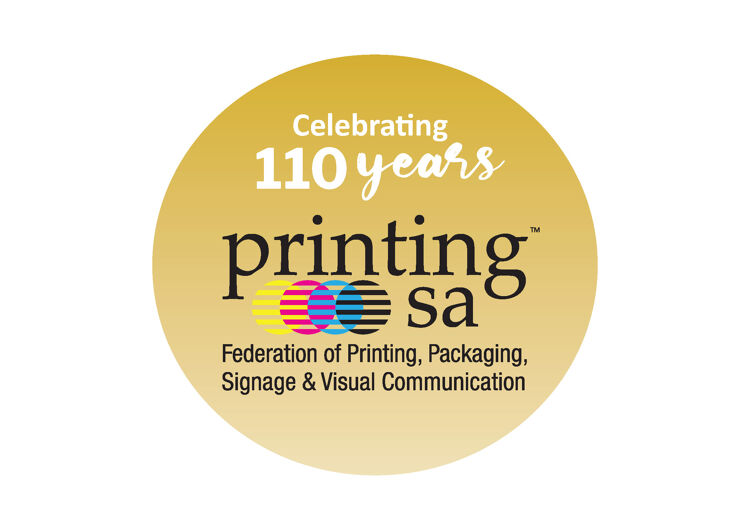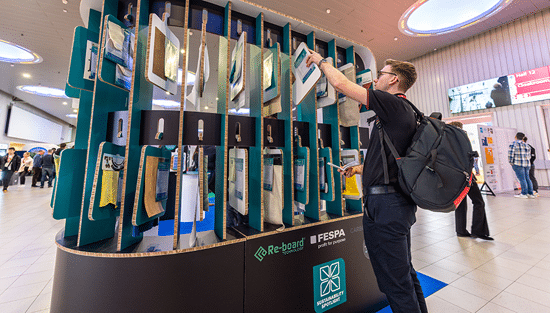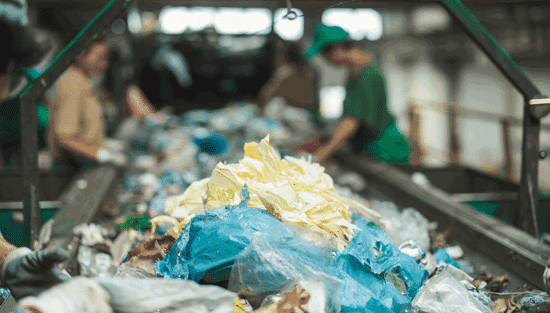PIFSA – Celebrating a milestone of 110 years

Printing SA's CEO, Dr. Abdool Majid Mahomed looks back on the federation's history, future and how it has remained relevant.
Our early years
Although the first recorded print in South Africa dates to 1784 when the first printer Johann Christiaan Ritter arrived in the Cape with a small press, the first organised association of printers, the Associated Master Printers of the Cape was formed in March 1911 with Mr AW Townshend appointed Chairman.
The formation of the Master Printers Association of Port Elizabeth, Durban, Pietermaritzburg and the Transvaal followed soon after.
Matters concerning Printers at that time were the ongoing industrial action in the print industry resulting in two crippling strikes, the first in 1897 and the second more protracted strike in 1911.
The South African Typographical Union (SATU), at the time, was concerned about worker rights and was particularly against imported labour.
The early days for the print federation were not easy with conflicts, especially between the newspaper and commercial printers threatening to tear the federation apart. However, by 1919, the Print Federation, the Newspaper Press Union and the South African Typographical Union voluntarily got together to form the National Industrial Council (NIC) with the objective of improving labour relations.
The NIC remained in place for the next 70 years until, with a changing political and labour landscape and the increasingly bureaucratic working rules placed on employers by the NIC agreement, the Print Federation gave notice to the other two parties, the Newspaper Press Union and SATU, of their intention to withdraw from the NIC.
In 1990, the Federation changed its name to the Printing Industries Federation of South Africa, de-registered itself as an employer association and registered as a Section 21 not for profit company. In 1991, SATU tried to force employers back to Centralised Bargaining but lost the legal case. While all SATU member retirement benefits were retained, the proceeds from the disbandment of the NIC were awarded to PIFSA and the Newspaper Press Union.
The Printing Industries Statutory Council was then formed as a dispute resolution and mediation body with PIFSA and SATU represented. The Chemical, Energy, Paper, Printing, Wood and Allied Workers Union (CEPPWAWU) subsequently also joined the Statutory Council.
Using these funds from the NIC, in 1993, PIFSA established the South African Printing College, a remarkable institution to provide training to the industry. In 1996, Government converted Industry Training Boards to Sector Education and Training Authorities (SETAs) which changed the training landscape in South Africa. Sadly, in 2009, and after successfully training hundreds of apprentices in many trades aligned to the print industry, a combination of economics and lack of support from the SETA, the Printing College was sold.
During the NIC days, employers were obliged by law to belong, now PIFSA membership is on a completely voluntary basis. The challenges to retain and grow membership have now been taken on in earnest.
We are grateful to our loyal members and much work has been done to re-imagine the role of PIFSA in South Africa into an energetic and relevant partner to our industry as we confer, consult, campaign and train now and into the future.
How Printing SA has remained relevant?
Up to the 1940’s letterpress machines were used. These presses were replaced by lithographic, web and flexo machines in the 60s. This was followed by digital printers and photocopiers in the 80s and now in the past five years we have high speed printing on demand, 3D printing also known as additive manufacturing, and wide format printing, accommodating hybrid print processes with increased efficiency of digital print workflows on every conceivable substrate.
Many printing companies also did packaging, labelling and carton manufacturing. Therefore, the packaging sector was also included in our industry.
In 2014 we joined FESPA as a member, bringing in screen and digital printers into the fold. These companies printed in wide format, producing among other marketing material vinyl wraparounds for vehicles, billboards and banners.
Since 2020 we have added another sector embracing visual communications, bringing the prepress segment that included graphic designers, typesetters, illustrators and all related trades into the fold.
We now have reached a milestone of representing 4 inter-related sectors, that of printing, packaging, signage and visual communications – the full value chain from prepress to post press.
The future
Statistics show that the print industry will continue to expand for the foreseeable future. Industry association Idealliance has predicted that commercial printing industry sales will grow by 3.0% in 2018, but COVID-19 in 2020 has changed that, causing a sharp decline in traditional or commercial printing, and even the demise of some long-standing magazines and newspapers due to advertising revenue being diverted to other media, and the general uptake of online platforms. On the flip side, there has been a phenomenal increase in packaging due to demand in online sales, and an increased demand for digital printing.
Research is also showing that printed media is not dying, instead it is transforming and evolving and seeing some resurgence from companies that have adapted. Customers are now demanding print on demand, smaller volumes, and a one stop service for all their marketing needs.
We as an industry association have also adapted in the light of these changes, striving to remain relevant and agile as we turn 110 years old. This year we will be marking our anniversary by giving back to the industry and more specifically our members and we hope that you join us at our events which include Africa Print, Sign Africa, FESPA Africa and Modern marketing Expos around the country. Our Annual Conference and Gala Dinner is still on the cards for September COVID19 permitting and we have a host of webinars, business networking forums, Golf Days, Wellness Days and much more planned for the remainder of 2021. It is a significant milestone, and we would like to thank our members for their continued support aswell as our sponsors Agility, Health Squared, UVO Communications, Novus Print & Kyocera our affiliates FESPA, FP&M SETA, SACCI, Proudly SA, Productivity SA, PETCO, Packaging SA, South African Book Development Council, Business Unity SA, Twos Sides and our media partners Africa Print, Sign Africa & Modern Marketing, Packaging Mag and The GAPP for the financial and non-financial assistance that allow us to enhance our service offering to our members.
Become a FESPA member to continue reading
To read more and access exclusive content on the Club FESPA portal, please contact your Local Association. If you are not a current member, please enquire here. If there is no FESPA Association in your country, you can join FESPA Direct. Once you become a FESPA member, you can gain access to the Club FESPA Portal.
Recent news

New sustainable materials at Sustainability Spotlight
Sustainability Spotlight returned by popular demand to FESPA Global Print Expo last month in an exhibit curated by The Good Factory.

Sportswear Pro: building ‘Brand Me’
After the success of the inaugural Sportswear Pro last month, we spoke with panellist and personalisation expert James Lawrence-Jones about the most exciting revelations at the event.

